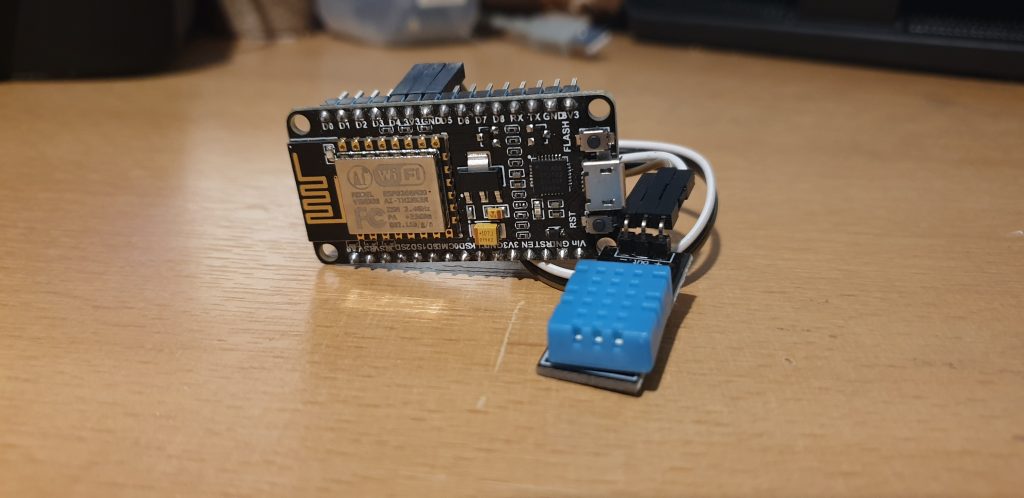In August 2019 I came across WES 100 Violets Challenge (https://www.wes.org.uk/100violets) and I thought that I would like to submit a proposal. The aim of the challenge is to design and make an exhibit which celebrates and showcases your area of engineering/research, and shares this with the public. I asked around for anyone to join my team and my colleague Laura agreed.
The proposal
We submitted our proposal and, on 18 Sep 2019, were very pleased to receive an email informing us that our proposal was succesful. My next few posts will be about the progress of the project.
But first, a short summary of our proposal. Our theme would be “Engineering our lives”. The aim is to build a model of a house which will be fitted with solar PV panels, a wind turbine and an Archimedes screw hydropower generator. If possible these devices will be used to generate power to drive LEDs and sensors in the house. Using ESP and Arduino motor controllers and Raspberry Pis the aim is to control and monitor all these devices. With these technologies we hope to show how engineering collaboration across disciplines helps us to find answers to the challenges we face today.
A Prototype
As part of the proposal I build a prototype. This is model of a house that was built by my ancestors in South Africa in 1850 in the Cape Province. I designed the model using Inkscape and then used a lasercutter to cut it from 3mm Birch plywood. For the thatch roof I used coconut fibre and to cover the ridge I cut strips from a hanging flower basket lining. The coloured pins in the photo were just to keep the ridge cover in place until the glue dried.


Picture of the original house built in 1850. The extension to the right hand side of the house was added in 1908. In the background the chimney stack of a steam engine can be seen. The steam engine was used for hot water and during harvest times it was used to drive the threshing machine.
Plans for the house
For the exibit I will build a bigger house into which I can fit more sensors and lights that will be controlled with ESP32 or ESP8266s. The house will have two floors. I used Sweet Home for the plans.


Pictures of things I would like to include:

An ESP8266 with a DHT11 humidity and temperature sensor

I won’t be using micro:bits in the exhibit but this is just to show how a motor controller can be used to read and display the energy generated by a wind turbine.

A 3D printed Archimedes screw. If I can get this printed it could give visitors the experience of how water can be pumped uphill or in reverse, be used to generate electricity by letting the water run down the screw, turning it. (https://www.thingiverse.com/thing:1769714)

A 3D printed wind turbine that can be used to charge a USB battery pack. (https://www.thingiverse.com/thing:944461)

Another 3D printed wind turbine.(https://www.thingiverse.com/thing:3064805)